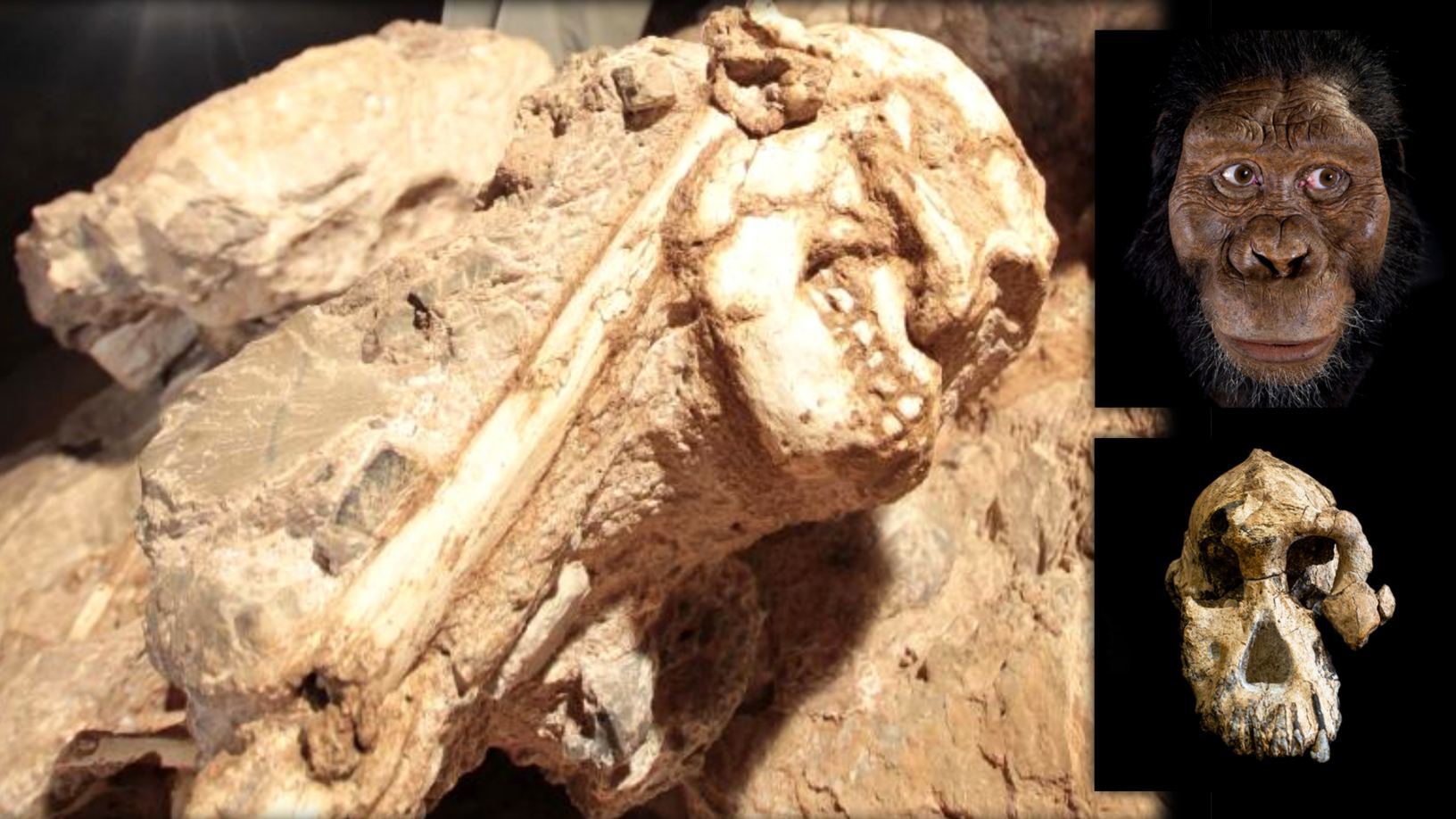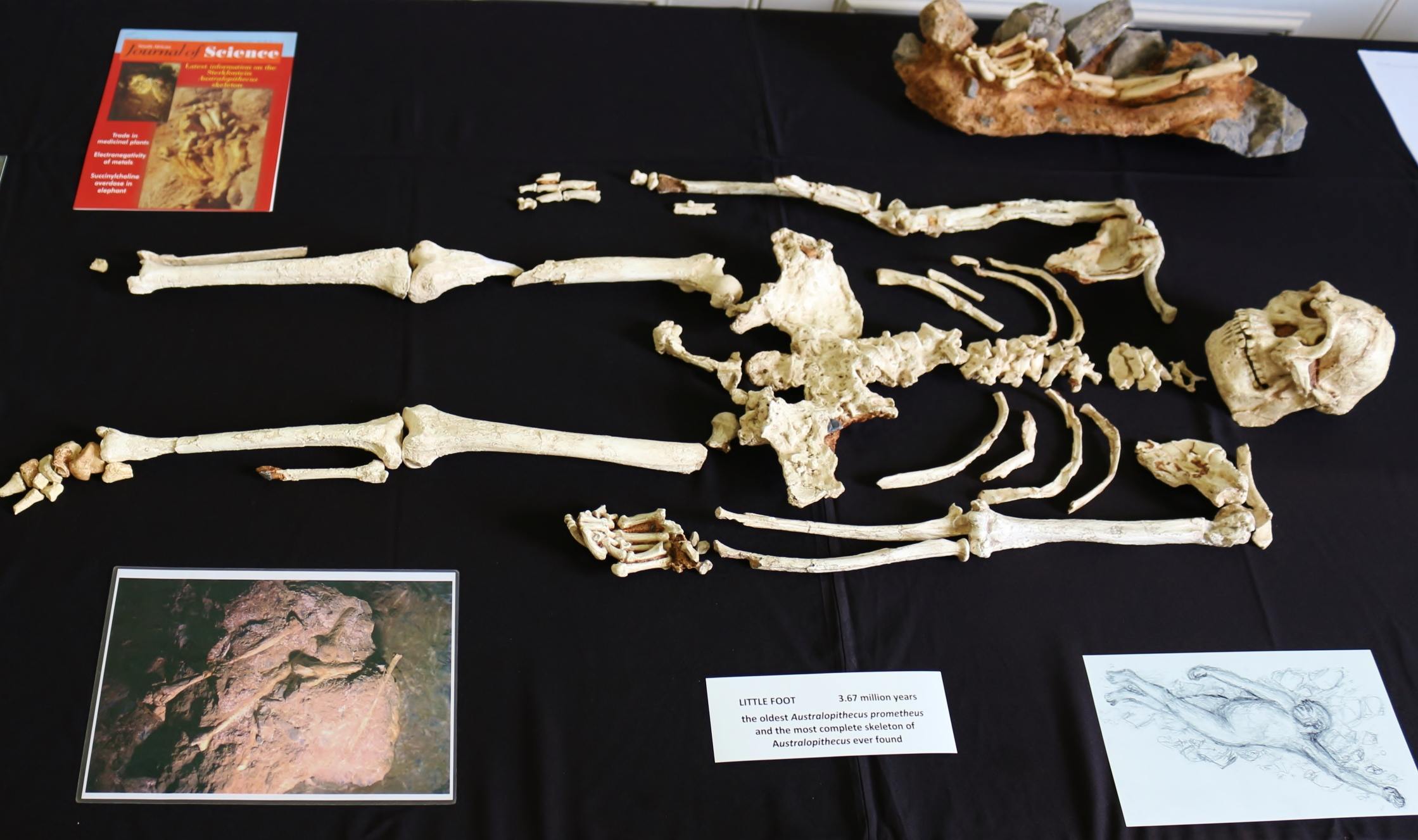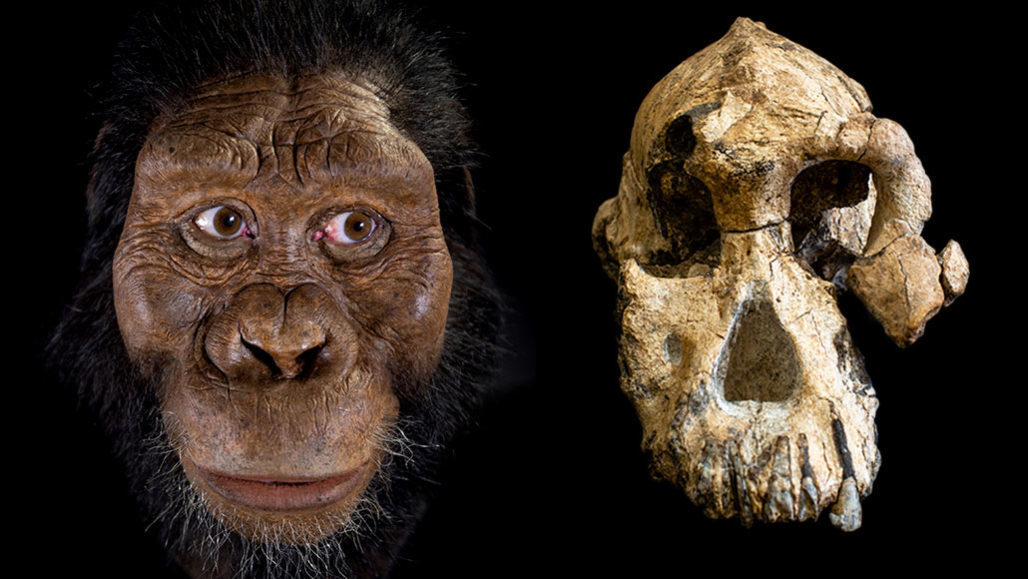Little Foot: An intriguing 3.6 million years old human ancestor
In 2017, following an epic 20-year-long excavation in South Africa, researchers finally recovered and cleaned the nearly complete skeleton of an ancient human relative: an approximately 3.67-million-year-old hominin nicknamed “Little Foot.”

Discovery Of “Little Foot”:
Though the four bones of Little Foot’s ankle were collected in 1980, it remained undetected until 1994 when Ron Clarke, a paleoanthropologist at the University of the Witwatersrand in Johannesburg, found these foot fragments while digging through a museum box of animal bones unearthed from South Africa’s Sterkfontein Caves, and he sent other researchers into the Sterkfontein Caves in July 1997 to look for clues.
From the structure of the four ankle bones, they were able to ascertain that Little Foot was able to walk upright. The recovery of the bones proved extremely difficult and tedious, because they were completely embedded in concrete-like rock.
Recovery Of The Fossils:

Since its discovery, the researchers have worked hard for nearly two decades to excavate and prepare the fossils for their current display at the Hominin Vault at the University of the Witwatersrand’s Evolutionary Studies Institute in Johannesburg, South Africa.
Classification Of “Little Foot”:

When it was discovered, the collection was previously thought to contain ancient monkey bones. But analysis revealed that some of the bones were something else entirely. The scientists dubbed the newfound specimen Little Foot because its foot bones are quite small.
First, the discovery was not assigned to any particular species in the genus Australopithecus. But after 1998, when a part of the skull had been discovered and uncovered, Clarke pointed out that the fossils were probably associated with the genus Australopithecus, but whose ‘unusual features’ do not match any Australopithecus species previously described.
Clarke detailed that Little Foot was a member of the genus Australopithecus, much like the famous Lucy (Australopithecus afarensis), who lived about 3.2 million years ago. Just as its name implies, Australopithecus, which means “southern ape,” is an ape-like hominin.
The hominin group includes humans, our ancestors and our close evolutionary cousins, such as chimps and gorillas. In essence, hominins are bipedal primates that have increased brain size.
The newfound Little Foot specimen is more than 90 percent complete, which far exceeds the status for Lucy, whose skeleton is about 40 percent complete.
Description Of “Little Foot” And How She Lived:
In 1995, the first description of Little Foot was published. Researchers explained Little Foot walked upright but was also able to live in trees with the help of grasping movements. This would be possible due to the still opposable big toe.
According to a later study, Little Foot was likely a 4-foot-3-inch-tall adult female and a vegetarian to boot. The researchers further found that her arms were not as long as her legs, meaning she had similar proportions to those of modern humans. And the length of the palm of the hand, as well as the length of the finger bone, was significantly shorter than that of chimpanzees and gorillas. The hand was like that of modern humans, known as relatively unspecialized.
In fact, Little Foot is the oldest known hominin to have this feature, which suggests that she felt more at home walking on the ground than other, largely tree-dwelling Australopithecus species. The Little Foot specimen dating made in 2015, estimates it to be 3.67 million years old by means of a new radioisotopic technique.
Referring to predator finds, who lived at the time of Little Foot in Africa, researchers argued sleeping on the ground at night was too dangerous for her. They believe it seemed more likely that Australopithecus slept in the trees, similar to today’s living chimpanzees and gorillas that make sleeping nests. Due to the features of the fossil, they also believe it likely that Little Foot spent parts of her days searching for food in the trees.
The bone-features suggest that Little Foot sustained an arm injury early in life. However, Little Foot’s injury healed long before she fell into the cave and died. Researchers believe the fatal fall may have been during a struggle with a large monkey, as the skeleton of one was found very close to hers.
Conclusion:
It’s really strange to think that nearly 3.7 million years ago, somewhere on this planet, someone evolved like a modern human then again went back to ape-like hominins then again started to evolve and now here we are. Aren’t we missing something??




